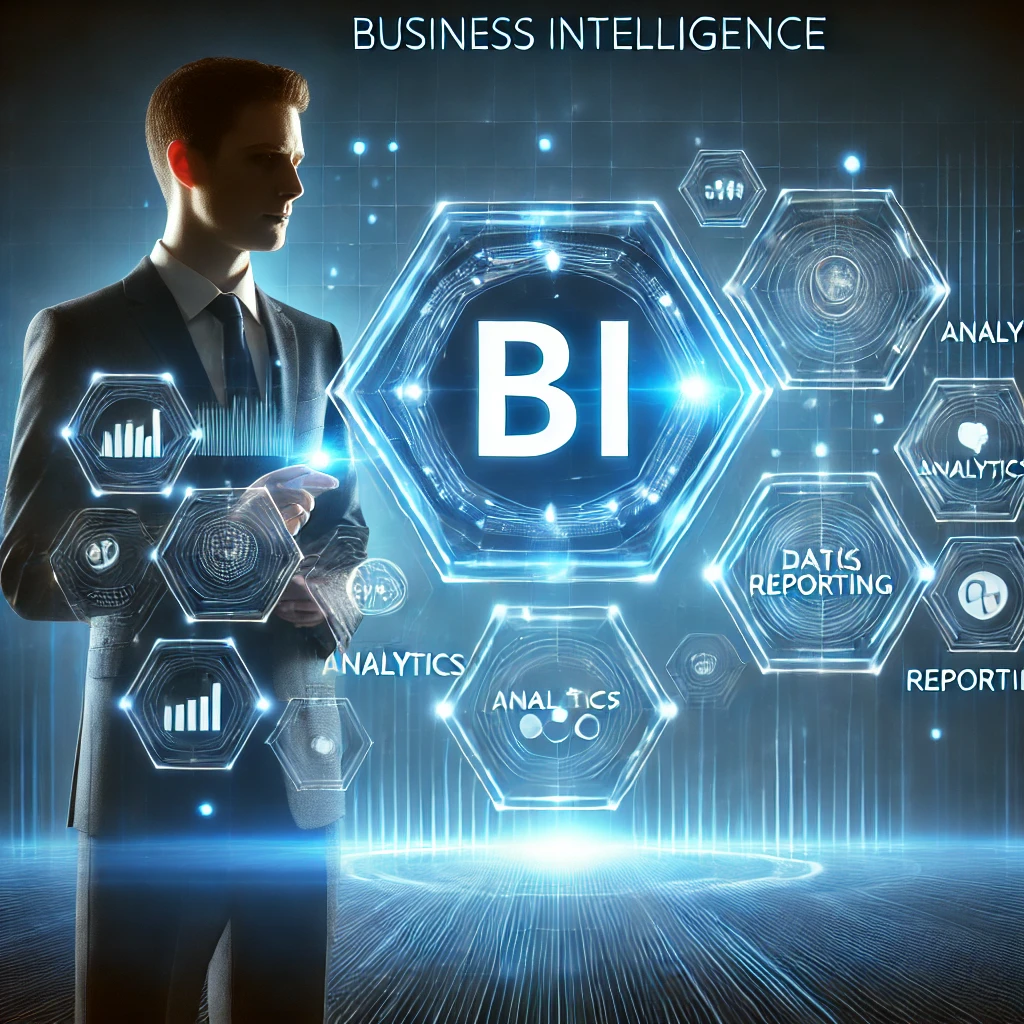How to Plan, Build, and Protect a Reliable IT Infrastructure Before You Move In A perfect office on paper can quickly turn into daily frustration when your cabling, Wi-Fi, or power aren’t ready on day one. At SECITHUB, we’ve condensed years of hands-on field experience into a clear, structured framework the Office IT Setup Guide.It’s designed to help SMBs plan smarter, avoid costly mistakes, and build IT foundations that scale with growth What’s Inside the Full Guide Plan Before You BuildLearn how to align IT design with architecture and electrical…
Read MoreCategory: Uncategorized
The Future of Work: Navigating the AI Impact on Employment and Skill Dynamics
The advent of 2025 marks a pivotal year as industries globally harness the transformative power of Artificial Intelligence (AI). The World Economic Forum’s Future of Jobs Report 2025 underscores significant shifts in employment patterns, highlighting the dual impact of job creation and displacement facilitated by AI technologies. AI-Driven Employment Landscape The integration of AI is not a distant future—it is profoundly reshaping today’s workforce dynamics. According to the report, we are looking at an estimated creation of 97 million new jobs by 2025, while 85 million roles are expected to…
Read MorePrivileged Access Management (PAM)
PAM solutions manage and monitor privileged accounts, controlling access to critical systems and reducing the risk of credential misuse. Challenges Benefits PAM solutions safeguard critical assets by controlling and monitoring privileged access within the organization.
Read MoreGerman Defense and Foreign Ministries Exit X Platform Citing Disinformation Concerns
Germany’s Defense and Foreign Ministries, along with the military forces, have suspended their operations on the social media platform X (formerly Twitter), owned by Elon Musk. The decision was driven by increasing challenges in maintaining fact-based communication on the platform, which has been criticized for its role in spreading disinformation. Communication Strategy ShiftIn response to the growing concerns over misinformation, the German government is transitioning its communication efforts to alternative platforms Reasons Behind the DecisionThe move to abandon X follows several key developments that have raised concerns within the German…
Read MoreThe Strategic Importance of SSO in Modern Organizations
Single Sign-On (SSO) has become a cornerstone of modern cybersecurity strategies. For organizations striving to enhance productivity, streamline user experiences, and maintain compliance, SSO offers a seamless solution that addresses key pain points in managing digital identities. This article explores why SSO is indispensable for organizations today, highlighting use cases from leading vendors, addressing on/off-boarding challenges, and outlining its role in regulatory compliance. Simplifying Access Without Compromising Security The proliferation of cloud applications and SaaS tools has made identity and access management (IAM) increasingly complex. Employees frequently juggle multiple credentials…
Read MoreThe Biggest Cybersecurity Breaches of 2024 and What They Teach Us About 2025 Trends
As we step into 2025, the cybersecurity landscape is more volatile than ever. Reflecting on the breaches of 2024 reveals critical insights into emerging threats and sets the stage for anticipating trends in the year ahead. From sophisticated ransomware attacks to large-scale data breaches, 2024 showcased the evolving tactics of cybercriminals and the pressing need for organizations to stay one step ahead. The Healthcare Hack MedSecure Incident In February 2024, MedSecure, a leading provider of electronic health records, faced a ransomware attack that crippled operations across 200 hospitals. Cybercriminals exploited…
Read MoreBrowser Extensions: The Hidden Cybersecurity Threat Lurking in Your Browser
In a sobering reminder of evolving cyber risks, a large-scale attack campaign targeting browser extensions has left over two million users exposed to malicious activity. More than 25 browser extensions were compromised, injecting malicious code aimed at stealing user credentials and sensitive data. This incident highlights the growing cybersecurity vulnerabilities associated with browser extensions and underscores the urgent need for organizations to reassess their defense strategies. This article explores the risks posed by browser extensions, the implications of this attack, and actionable steps cybersecurity professionals can take to protect their…
Read More5 Key Strategies to Protect Your Microsoft 365 from Ransomware and Boost Data Security
Organizations face an ever-growing threat from cybercriminals, and ransomware is one of the most damaging types of attacks. Microsoft 365, the popular platform that powers countless businesses, is a prime target for these malicious actors, as it stores and processes huge volumes of sensitive data Recent statistics show that 76% of companies have fallen victim to at least one ransomware attack in the last year, often resulting in significant downtime, financial losses, and long-term reputational damage. Fortunately, businesses can take proactive steps to protect their Microsoft 365 environments from ransomware.…
Read MoreWhy BI Is a Game-Changer for Cybersecurity
Incorporating BI into cybersecurity strategies doesn’t just enhance defenses—it revolutionizes them. Here’s why this integration is critical: Real-World Applications of BI in Cybersecurity 1. Threat Prediction and Anomaly Detection Vendors like Splunk and LogRhythm offer BI-driven platforms capable of real-time anomaly detection. For example, Splunk’s Security Information and Event Management (SIEM) tool uses machine learning to analyze user behavior and detect irregularities, such as unusual login locations or spikes in data transfers. Case Study: A global bank using LogRhythm identified and prevented a sophisticated phishing attack targeting its executive team.…
Read MoreUK Proposes Ban on Ransom Payments in Public Sector to Combat Cybercrime
The UK government has unveiled a bold proposal to combat ransomware attacks, aiming to strengthen the nation’s cybersecurity defenses and reduce the financial incentives for cybercriminals. The initiative specifically targets public sector organizations, such as hospitals and schools, prohibiting them from paying ransoms to attackers. This measure is part of a broader strategy to mitigate the impact of ransomware and bolster national resilience against cyber threats. Key Elements of the Proposal The government’s proposed measures include: Why This Matters The urgency of these measures is underscored by the sharp rise…
Read More








